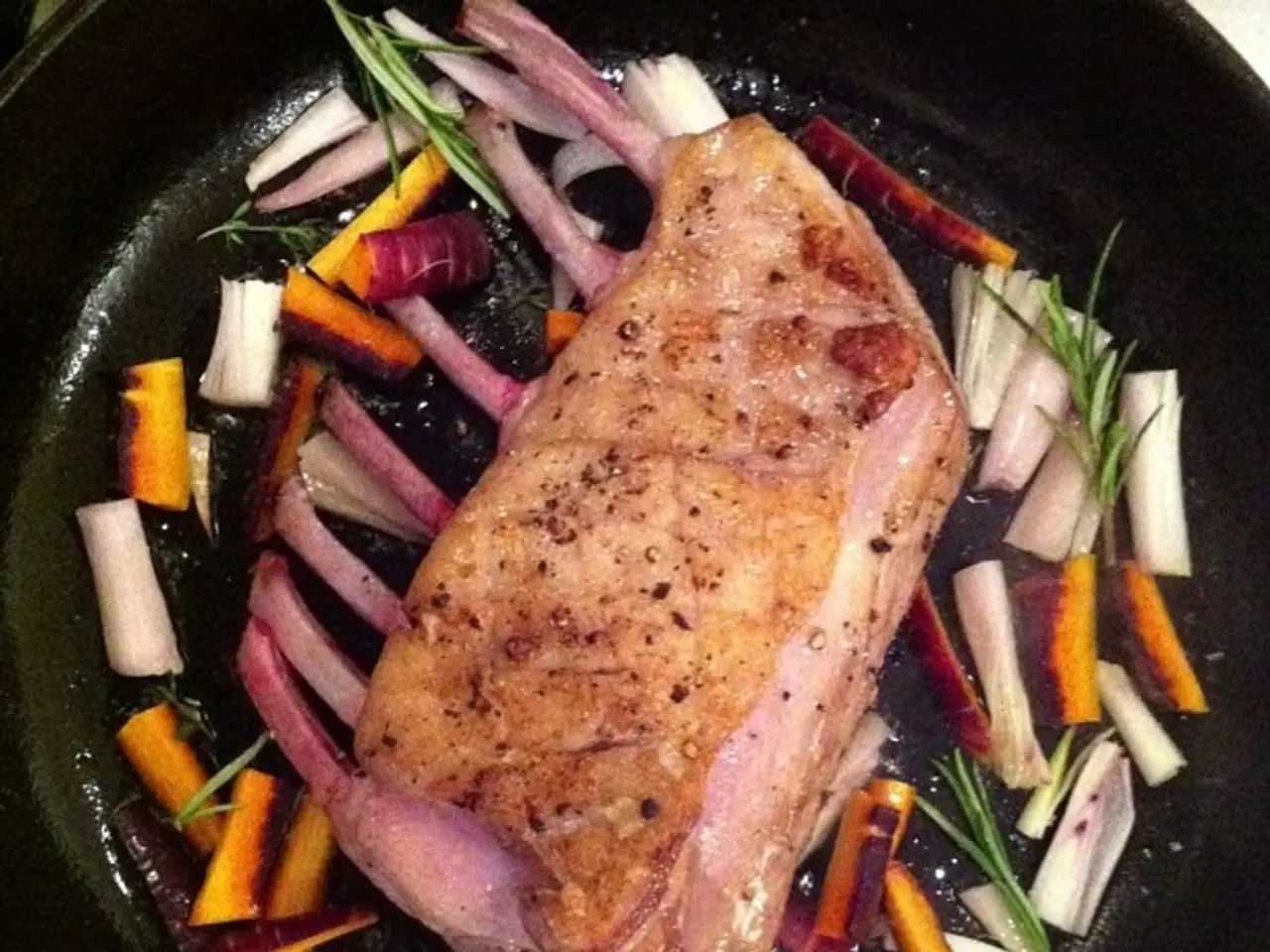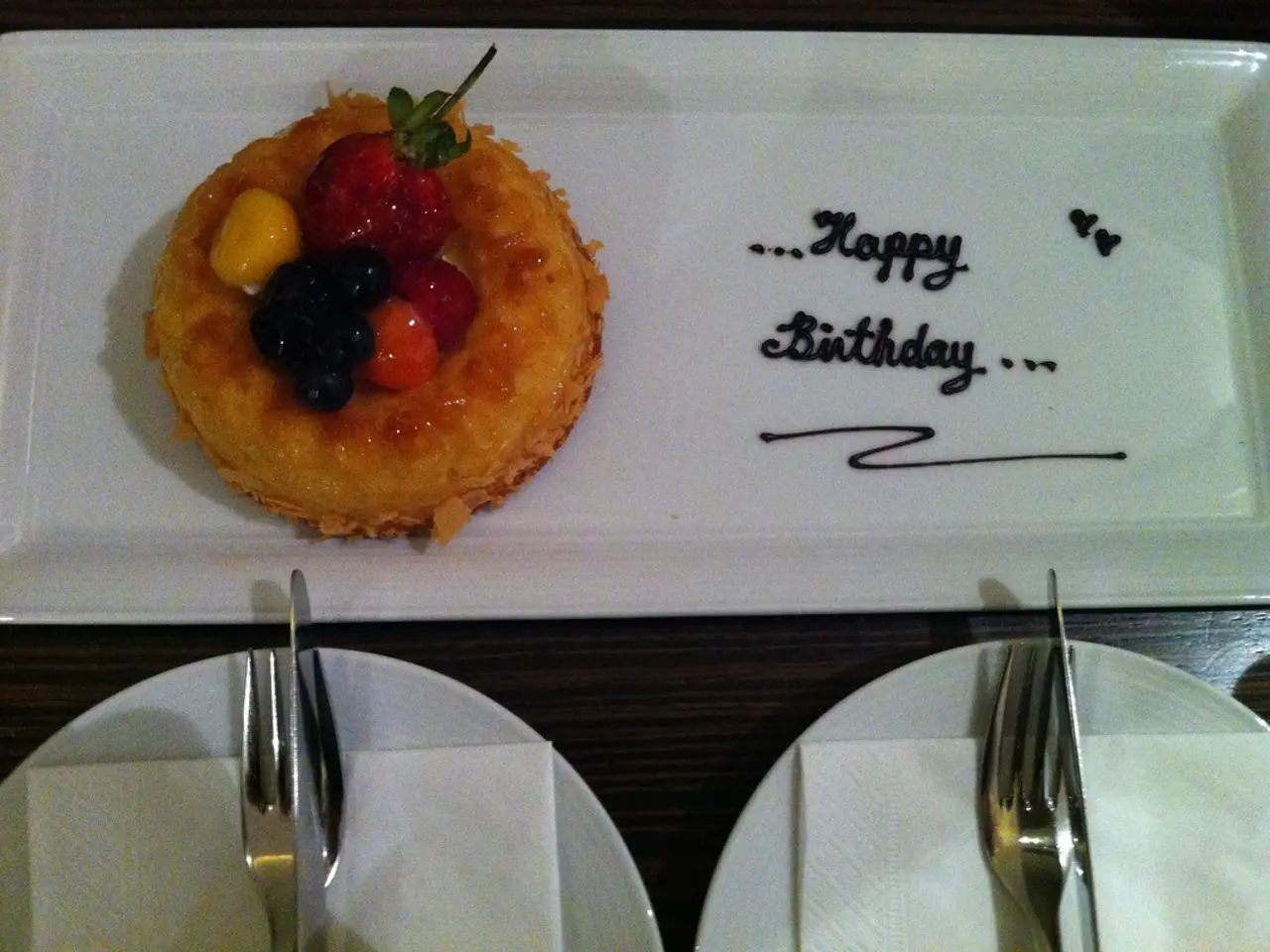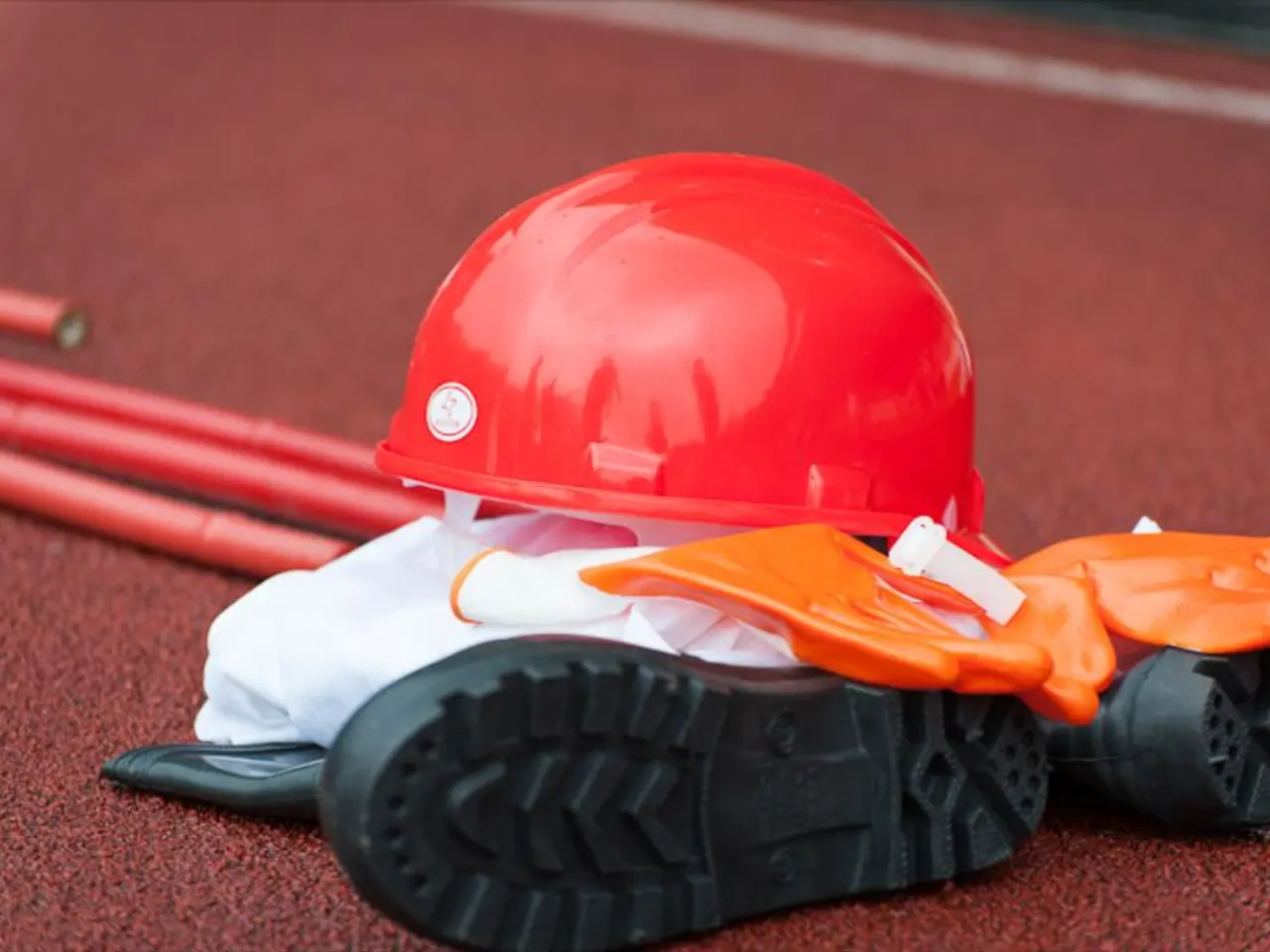Different Cooking Pans: Delving into Various Pan Designs
When it comes to cooking, the right pan can make all the difference. Each pan type offers distinct benefits and is ideal for specific cooking methods. Here's a breakdown of four common pans: sauté pans, skillets, grill pans, and woks.
Sauté Pan
Characterized by straight, tall sides and a relatively flat bottom, a sauté pan allows for cooking with liquids (like sauces) and tossing food easily. Its design keeps food contained while enabling even heat distribution, making it ideal for sautéing, frying, and simmering with some liquid. The taller sides prevent splatters and permit stirring with space.
Skillet (Frying Pan)
Usually has lower, gently sloped sides and a wide flat base. This design promotes quick evaporation of moisture, making it best for frying, searing, and browning where a crisp or caramelized surface is desired. The sloped sides also aid in easy flipping and stirring. It heats evenly but may not hold liquids well due to lower sides.
Grill Pan
Features raised ridges on the cooking surface that mimic outdoor grilling by creating grill marks and allowing fat to drain away from food. It uses high, direct heat to sear and char meats or vegetables, producing a smoky flavor and appealing texture while reducing fat content. Ideal for steaks, burgers, and vegetables you want grilled indoors.
Wok
A round-bottomed pan with high, sloping sides that enable tossing, stirring, and cooking at very high heat. The shape helps concentrate heat at the bottom while allowing food to be pushed up the sides to control cooking temperature. Best suited for stir-frying, deep-frying, steaming, and even boiling, the wok promotes fast cooking and authentic Asian-style stir-fries.
Each pan enhances specific cooking methods by optimizing heat contact, moisture control, and food manipulation. For instance, woks are a staple in Asian cuisine, while grill pans are suitable for searing and grilling meats, vegetables, and fruits. Sauté pans are versatile for cooking with liquids, and skillets are the most versatile pan style found in kitchens worldwide.
In terms of materials, aluminum and carbon steel are preferred for even heat distribution and professional performance in sauté pans and woks, while cast iron and non-stick coatings are common for grill pans to retain heat and prevent sticking.
Choosing among these depends on your cooking style—whether you need high-heat searing, saucy sautéing, indoor grilling, or fast stir-frying. Each pan is a valuable addition to any kitchen, enhancing the flavour and texture of your dishes.
- For sautéing, frying, and simmering with some liquid, a sauté pan's tall, straight sides and even heat distribution make it ideal, especially for those who prefer cooking with liquids in their food-and-drink lifestyle.
- Home-and-garden enthusiasts who love searing and grilling meats, vegetables, or fruits indoors will find the raised ridges of a grill pan beneficial, as it allows for fat to drain away, promoting a smoky flavor and appealing texture.




